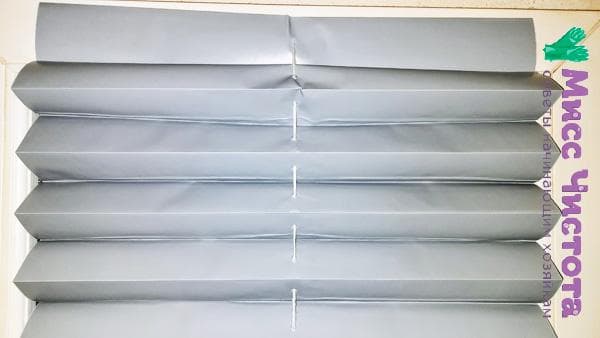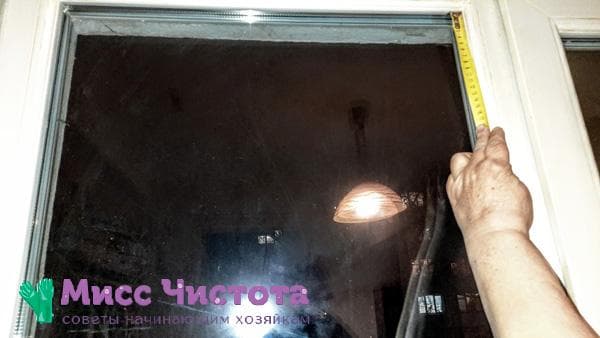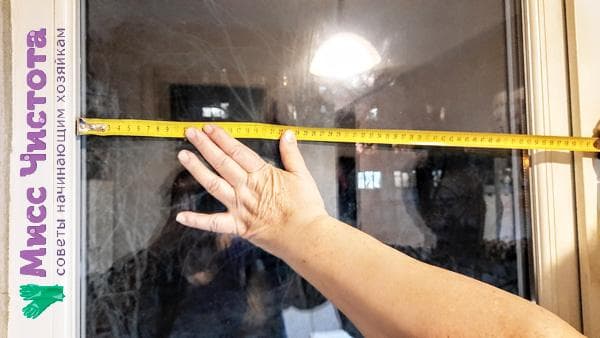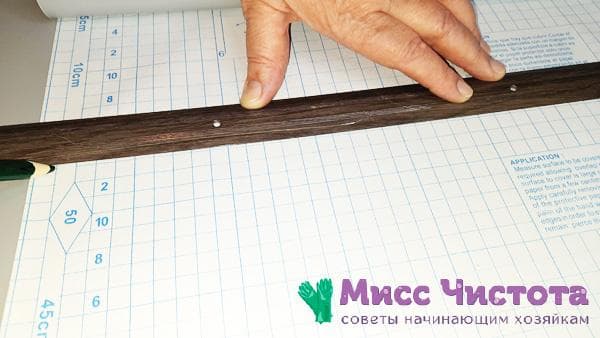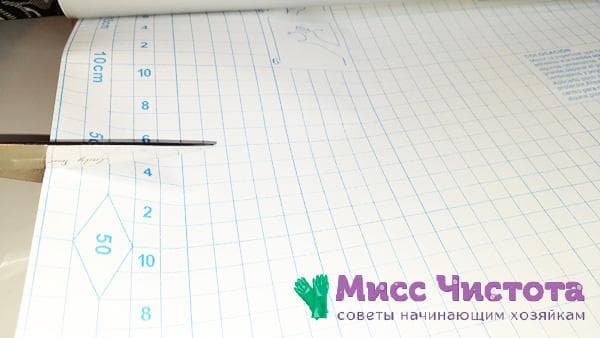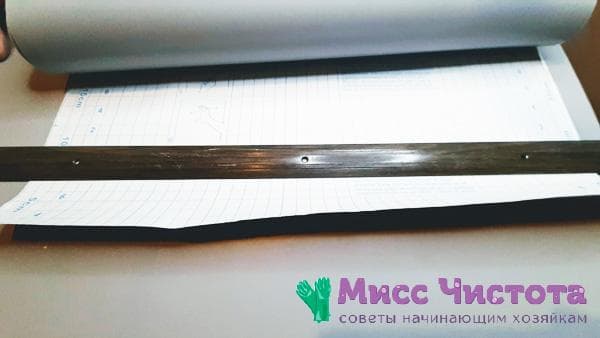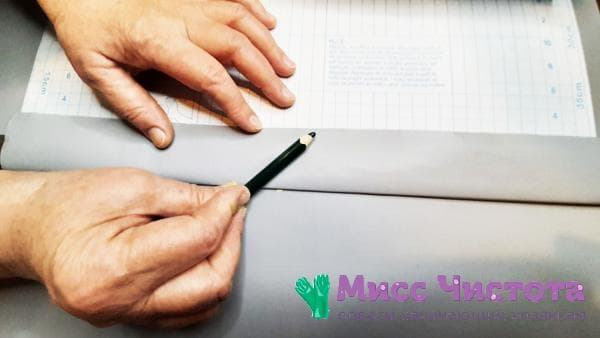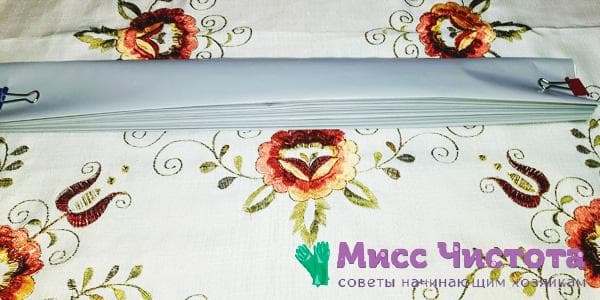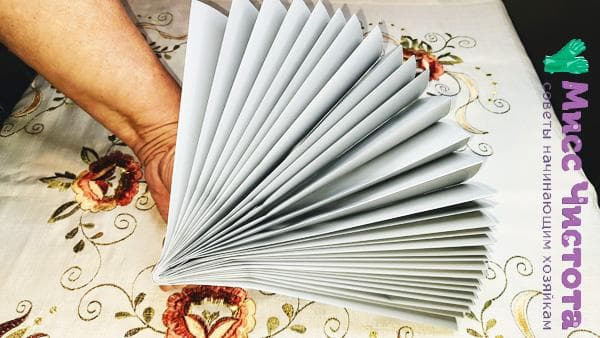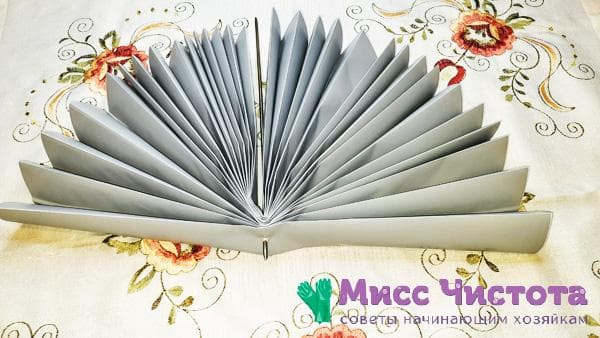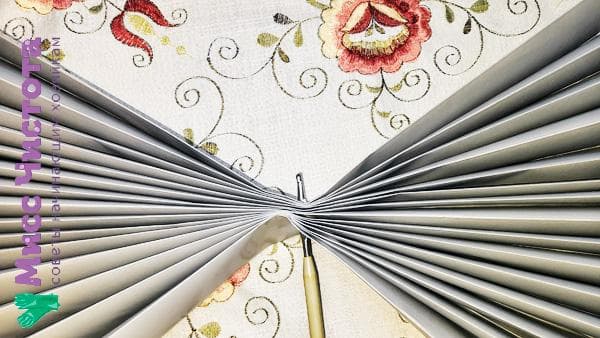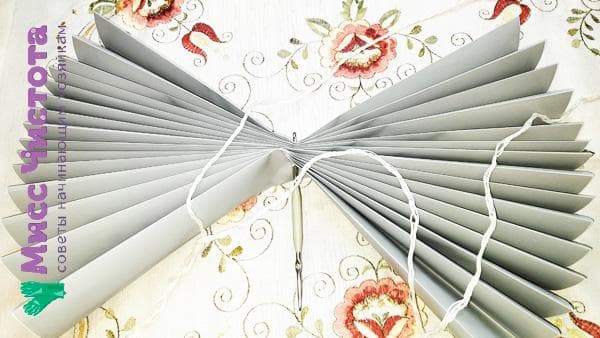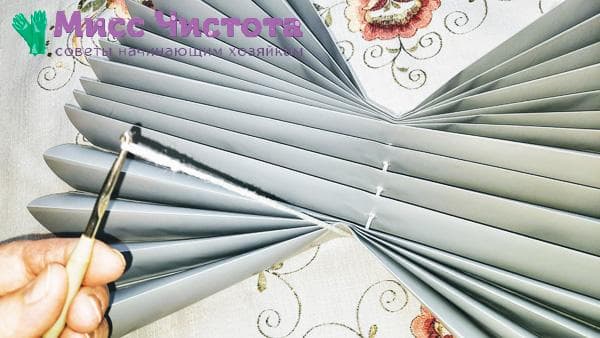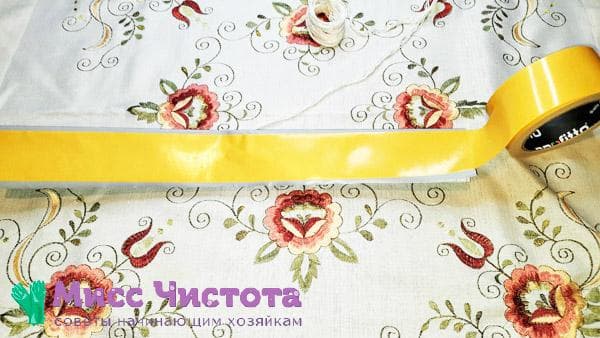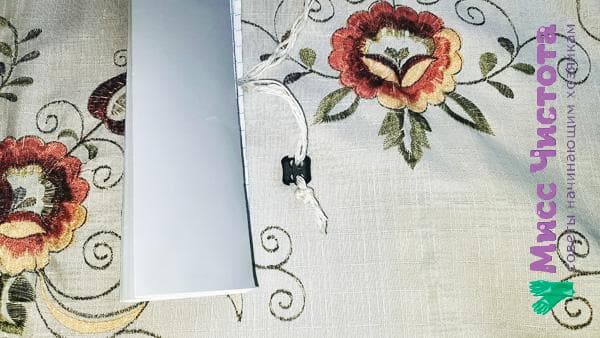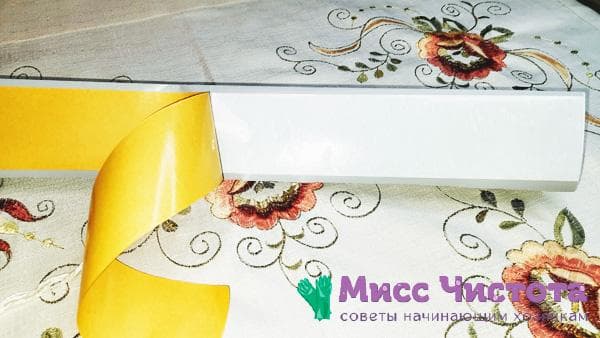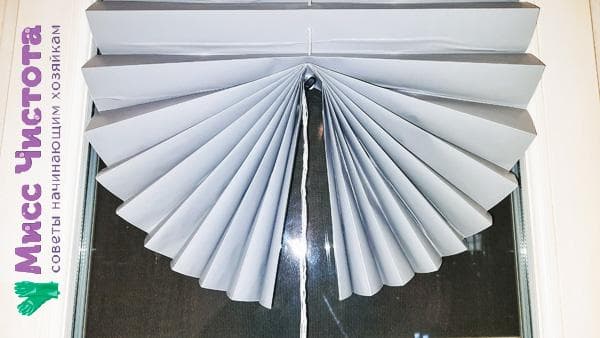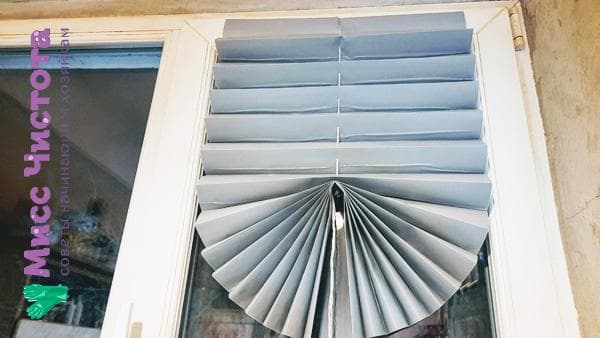You can easily repeat it at home: do-it-yourself window blinds made from wallpaper
Sometimes you don’t plan to buy curtains for the windows, but you want to darken the room or hide the room from prying eyes from the street. It’s worth trying to make blinds from wallpaper with your own hands using available materials. It only takes a couple of free hours to make. With the right type of wallpaper and careful execution, homemade pleated curtains look almost indistinguishable from store-bought curtains. Detailed step-by-step instructions in the article will help you cope with the task.
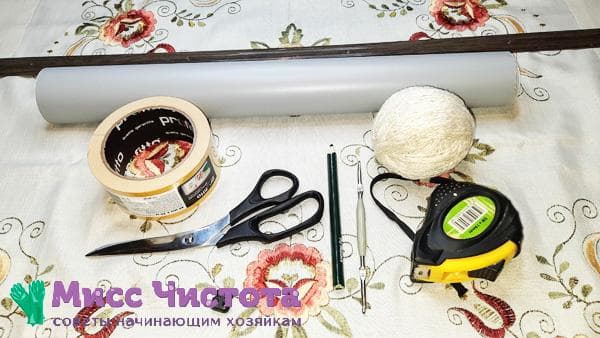
Why make blinds from wallpaper?
This option is suitable for cases where there is not enough money or time to furnish the apartment when moving. You may also need a simple temporary solution while the curtains are made to order. During the renovation of an apartment in the summer, protection from direct rays of the sun is also necessary, and there is no point in hanging beautiful curtains. For a while, you can get by with blinds made from leftover wallpaper.
This decoration looks interesting on plastic windows and copes with its task without any complaints. The colored side of the wallpaper decorates the room from the inside, and the solid color of the reverse side is not noticeable from the street. In addition to blackout blinds, you can hang light sheer tulle on the curtain rod.
What you will need
You can make these paper blinds in a couple of hours. Roll wallpaper left over after renovation is suitable. If you don’t have these at home, it’s easy to find suitable ones in the building materials department at the store.Pleated curtains will last at least 3-6 months, then they can be easily replaced with new ones.
The solution is simple and economical, and looks aesthetically pleasing. And if paper blinds are needed for a child’s room, children should be involved in joint creativity.
To work you will need the following tools:
- a roll of paper wallpaper (vinyl and non-woven ones will not work, they will not be able to be pleated);
- Pencil for ironing folds;
- sewing awl or thick knitting needle;
- twine or cord (you should choose a color close to the shade of the wallpaper or, conversely, contrasting);
- a long needle with a large eye or a crochet hook (to push the twine through);
- scissors or stationery knife;
- tape measure, ruler or flat bar;
- double-sided tape or glue;
- office clips for fixing the accordion;
- cord end clamps (double or single, sold in handicraft stores).
Important! The dimensions of a standard roll are 10.05 x 0.53 m. If the window leaf is wider, it is worth considering how to beautifully add the width of the wallpaper. To connect two strips, you should stock up on PVA glue.
It is better to choose wallpaper of medium density. Thin ones will quickly tear, and too dense ones are difficult to fix; they will peel off and fall off. Owners of pets should hide the tip of the cord higher between the folds. One well-aimed jump with claws extended is enough, and all the work will be ruined.
Step by step manufacturing instructions
First of all, you should measure the width of the window sash.
It is better to take a distance slightly wider than the glass if you need to completely darken the room.
Roll out a roll of wallpaper on the floor, cut the width to measure.
When measuring the length, you should decide what type of curtains are required.If you want the blinds to cover the entire glass unit when deployed, cut off 3 of its lengths. But in order not to make them heavier, it is better to make 1.5 measures of the total length.
The finished fabric is folded in width like pleated, in increments of 3-5 cm. A wide ruler will help you make beautiful folds. It is enough to wrap the bottom edge over the attached ruler, tuck it in and run your hand along the fold several times with pressure. It is worth trying to make uniform pleated blinds. A difference of even a few mm at the edges can cause noticeable distortion.
The resulting lamellas should be fixed at the edges using paper clips, clothespins or paper clips to make further work easier.
The roll is squeezed tightly by the edges and folded in half to mark the center line (where the adjusting cord will go).
Make neat holes in the center. If you punch them with a hole punch, they turn out smoother. But it will be easier to complete the task with an awl or a thick knitting needle. The sharp tip should be screwed in carefully so as not to tear the paper web.
Important! It will be difficult to cut through the entire workpiece at once. Therefore, it is worth piercing several folds at a time.
The length of the cord is measured, the height of the window is taken, and 20-30 cm of reserve is added to it. Using a knitting needle or crochet hook, the cord is threaded through all the holes. If the rope is thin, it will be easier to use a needle with a large eye (“gypsy” needle). On the upper side of the future blinds, the twine is tied into 2 flat knots.
A strip of double-sided tape covering the entire width is glued on top of it. If the adhesive tape is no wider than 5 cm, it is better to secure it with a second strip. Make sure that the edges of the rope are securely secured with tape.Otherwise, the knot may slip out through the hole.
The cord is secured at the bottom with an end clamp. The twine is carefully pulled up, folding the curtain like an accordion to the desired length.
If you need a horizontal edge of the blinds (without swag), you should make through holes in two places, at equal distances from the edges. In this case, you will need two cords (or one long one, which will be thrown in the opposite direction at the top).
The blinds are then carefully attached to the top of the window profile. The protective layer of double-sided tape, glued to the other side of the frame, is smoothly removed.
The adhesive edge is pressed firmly against the metal.
The bottom edge of the blinds can be folded in half for beauty. The folded fan is fixed at 2/3 of the width, the length is adjusted with a clamp. The result will be blinds with a swag (decorative semicircular gate).
Questions and answers
How to make the accordion on wallpaper smoother?
Smooth wallpaper slats will be ensured by a rigid, wide ruler. It is more convenient to iron and fix the edges with a pencil. It is enough to hold it along the bend.
How to quickly thread the cord through the holes in the folds?
It is worth choosing a synthetic rope. Its tip can be melted a little so that it becomes pointed. It will be easier to thread the cord through the holes.
How to make vertical pleated curtains from wallpaper?
Vertical wallpaper is made according to the same principle. The roll is rolled out wide, a strip is glued to the bottom for the required length (or you should look for wallpaper 1 m wide). The resulting fabric is folded into wide horizontal folds (up to 10 cm). The cord is threaded along the top edge, with the free end hanging down one side of the blind. For fixation, several points of the upper edge are glued to the window frame at regular intervals.
Homemade blinds do not require a lot of time and money. They will last for several months, the appearance is very similar to real curtains. You can make protection from bright light at home from scrap materials. It is easy to diversify the models with additional elements (swag, decorative ribbons, glued frills from wallpaper in a contrasting color), even for craftsmen inexperienced in needlework.
